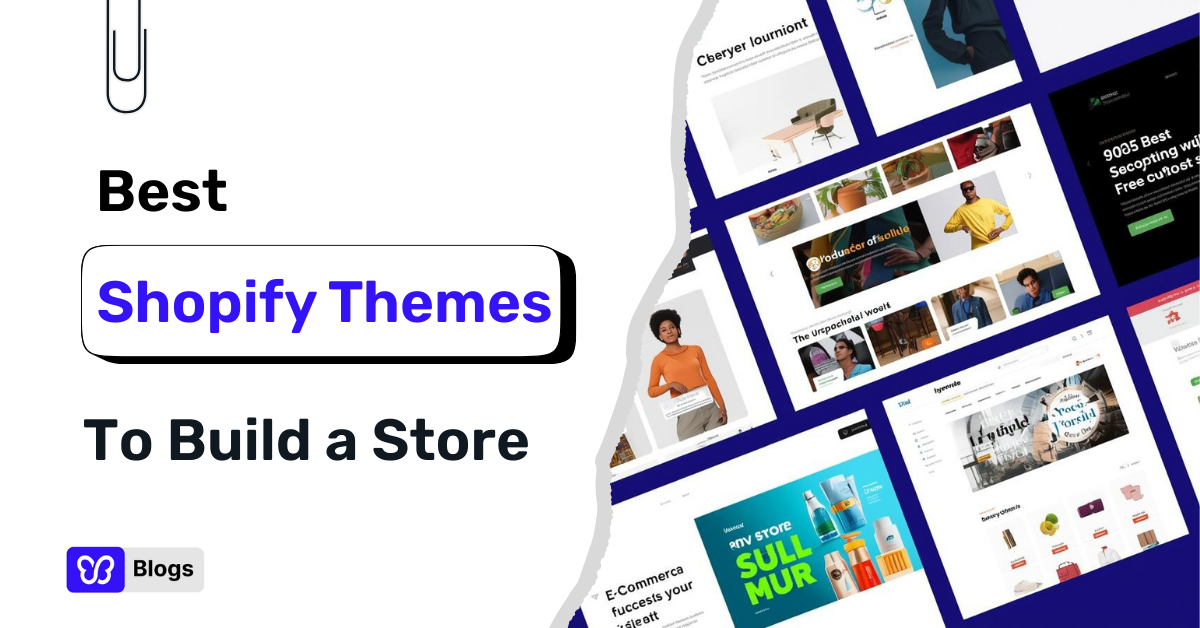Manipulative Pricing Strategies
1. Description of common pricing tactics scammers use:
Inflated original prices: Scammers may list an item with a high "original" price on screen instructions to make their discounted price seem more attractive.
Unusually low prices: Scammers may offer items at significantly lower prices than market value to lure buyers into making quick purchases without proper research.
"Too good to be true" deals: Scammers may advertise popular or high-demand items at unrealistically low prices to entice buyers into falling for the scam.
2. How to identify suspicious pricing and negotiate safely:
Research the market value: Compare the price of the item on other platforms or in physical stores to get an idea of its typical price range.
Be skeptical of heavily discounted items: If the price seems too good to be true, it's worth investigating further before making a purchase.
Negotiate cautiously: If you suspect the pricing is suspicious, try negotiating with the seller to see how they respond. Legitimate sellers are usually open to reasonable negotiation, while scammers may be unwilling to budge on their low prices.
Use secure payment methods: When negotiating and finalizing the purchase, opt for secure payment methods that offer buyer protection, such as PayPal or credit cards.
Urgency and Limited Availability
1. Discussion on how scammers create a sense of urgency to deceive buyers:
Limited stock claims: Scammers may falsely claim that they have limited quantities available to pressure buyers into making quick decisions.
Time-limited offers: Scammers may set arbitrary deadlines or claim that the offer is only available for a short period to create a sense of urgency.
Emotional manipulation: Scammers may use tactics like appealing to the buyer's emotions or creating a fear of missing out to rush the buyer into making a purchase.
2. Tips for staying calm and making informed decisions:
Take your time: Don't let the urgency push you into making impulsive decisions. Take the necessary time to research the product, seller, and pricing.
Trust your instincts: If something feels off or too good to be true, it's better to step back and reassess the situation.
Verify the claims: If the seller mentions limited availability or time-limited offers, try to independently verify the information before making a decision.
Be cautious of pressure tactics: Scammers may try to rush you into making a purchase. Remember that legitimate sellers will understand if you need time to think or do further research.
Impersonation and Fake Profiles
1. Explanation of how scammers create fake profiles to trick users:
Scammers may create fake profiles using stolen or fabricated identities to appear as legitimate sellers or buyers.
They may use stolen photos, generic names, and limited information to avoid suspicion and gain the trust of unsuspecting users.
2. Techniques for the verification codes verifying the authenticity of sellers and buyers:
Check the profile information: Look for inconsistencies or incomplete details in the seller or buyer's profile, such as a lack of personal information or recent activity.
Review ratings and reviews: If available, check the seller or buyer's ratings and reviews from previous transactions. Be cautious if there are no ratings or if they are overwhelmingly positive without any negative feedback.
Request additional verification: If you have doubts about a user's authenticity, ask for additional verification, such as a photo of the item with a handwritten note or proof of purchase.
Meet in person if possible: If feasible, arrange to meet the seller or buyer in a safe public place to inspect the item or exchange goods in person. This can help verify their identity and legitimacy.
Remember, scammers can be clever and constantly adapt their tactics, so it's important to stay vigilant and use your judgment when engaging in transactions on Facebook Marketplace.




